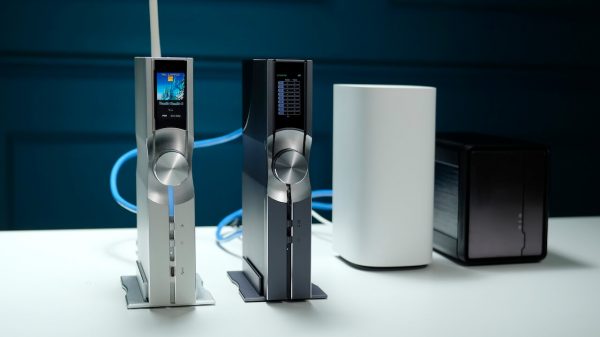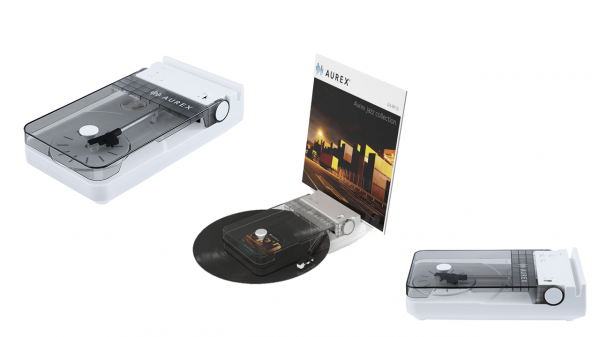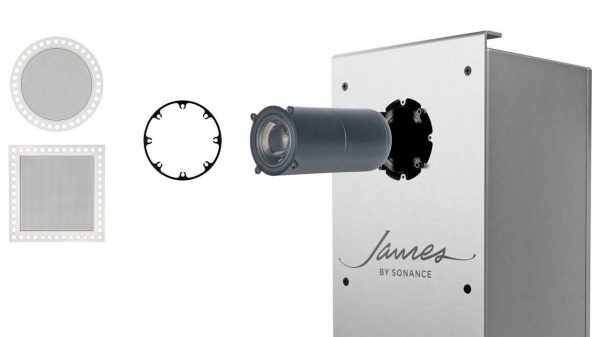Taiwan, the world’s largest manufacturing country of LCD panels, is expected to weather a mild oversupply in the first half of 2006 to see tremendous growth in during the second half on strengthened demand for LCD TVs.
According to its Asia Display Quarterly 4Q05, investment bank Lehman Brothers predicts that the LCD industry will experience stable volume growth throughout 2006. Lehman Brothers expects LCD monitor shipments to rise 23 percent to 126 million units and LCD TV demand to shoot up 88 percent to 38 million units in 2006.
Lehman Brothers expects each of Taiwan’s four largest LCD manufacturers AU Optronics, Chi Mei Optoelectronics, Chunghwa Picture Tubes, and Quanta Display will all see double-digit revenue growth in 2006.
Lehman Brothers predicts AUO to see revenue growth of 41.4 percent in 2006; CMO growth of 60.5 percent; CPT growth of 38.7 percent; and Quanta to experience the largest revenue growth at 64.6 percent in 2006. Similarly, Lehman Brothers sees operating profits of AUO and CMO to grow by 116 percent and 227 percent, respectively, year-on-year in 2006.
Lehman Brothers has maintained its 2-Neutral rating on the Asia display sector, and has given 2-Equalweight ratings to these manufacturers.
Large sized growth
Growth in the LCD industry is to be mainly driven by large-sized panel shipments namely wide-screen LCD monitors and LCD TVs.
Market research firms DisplaySearch and iSuppli both indicate that the LCD TV market will experience strong growth in 2006, with declining unit prices as a major stimulant to the market.
DisplaySearch statistics showed that Taiwan’s LCD panel output growth in the second quarter pushed the island to grab a 45 percent market share in TFT-LCD panel shipments, overtaking Korea for the largest market share worldwide.
The flat panel display market research firm indicated that worldwide LCD TV panel shipments rose 39 percent quarter-on-quarter and 84 percent year-on-year in the second quarter to six million units. Market value rose as well, 41 percent quarter-on-quarter and 40 percent year-on-year to USD 2.3 billion.
iSuppli researcher Paul Semenza noted in the firm’s On Display FPD magazine that new fabrication plants will add to the growth in LCD TV shipments.
Semenza pointed out that by the end of 2006, there would be six sixth-generation fabs and four seventh-generation fabs in operation globally, increasing total output of large-sized LCD panels.
iSuppli researcher Riddhi Patel noted that cathode-ray tube televisions (CRT-TVs) are expected to decline at a compound annual growth rate of 7 percent through 2009, at which time they will only account for 57 percent of the total TV market, down from 84 percent in 2005.
On the other hand, Patel predicted that LCD TVs will increase their market share of shipments to 61.2 million units in 2009 growing at a CAGR of 37.4 percent from 2005. Patel believes LCD TVs will account for 30.9 percent of all television sales in 2009, up from 9.7 percent in 2005.
Oversupply not cause for concern
Market watchers state that there is a potential for oversupply in the LCD industry as the sector approaches its normal slow season at the beginning of the year.
The Market Intelligence Center, a Taiwanese industry research house, indicated that after the second quarter of 2005, several factors were coming together to cause a potential glut.
First, MIC noted that LCD manufacturers are increasing capacity in fifth and sixth generation lines, resulting in more panels being produced. At the same time, product yield rates are improving in the facilities, bringing yet higher numbers.
These factors, coupled with a close on the peak year-end buying season could create an oversupply effect of flat panels in the market.
However, iSuppli provides some evidence that the potential oversupply is not a cause for concern. According to iSuppli researcher William Cheng, in the company’s On Display FPD magazine, the industry is facing component shortages.
“Booming sales of large-sized panels for big-screen televisions are exacerbating supply constraints for materials and components used in the manufacturing of LCDs, including glass substrates, color filters and Cold-Cathode Fluorescent Lamps (CCFLs),” states Cheng.
Cheng believes that until the LCD supply chain adjusts to the increasing volumes and technological requirements of the television market, material shortages will occur, and thus will shelve the prospects of large oversupply problems.
H.B. Chen, the president of AU Optronics, mirrored this sentiment at a flat panel display conference in Japan. Chen noted that with increasing components being used in the production of TFT-LCD panels, there was a larger potential for constraints along the supply chain, which would make the potential of panel oversupply much harder.
Similarly, Chen pointed out that consumer demand for a product mix was increasing, which provided LCD panel manufacturers more opportunities to spread resources, thus avoiding oversupply if it affected one particular panel size.
Taking market shares
Helping propel Taiwan to the forefront of the LCD industry are AU Optronics (AUO) and Chi Mei Optoelectronics (CMO), the third and fourth largest LCD suppliers globally. Together the companies accounted for a combined 25.2 percent of global TFT-LCD panel shipments in Q2.
Both AUO and CMO are wrapping up construction on new fabrication plants. AUO has opened a sixth-generation (G6) fab for the manufacture of 37-inch LCD TV panels, and has started investment of a new G7.5 fab.
AUO’s G7.5 fab will be capable of manufacturing 30,000 glass substrates at a size of 1,950mm x 2,250mm. The substrates can manufacture up to eight 42-inch TFT-LCD panels, six 47-inch TFT-LCD panels, or three 56-inch TFT-LCD panels for LCD TVs.
CMO is also expanding its capacities. The company is planning for equipment move-in during the second quarter of 2006 into its G5 Fab 5 in Tainan, with mass production to begin during the fourth quarter. Equipment move-in at its G7.5 Fab 6, also in Tainan, will occur during 4Q06, with mass production slated for the second quarter of 2007.
According to Lehman Brothers¡ research, AUO has a product breakdown of 14 percent TV panels, 22 percent notebook panels, 59 percent monitor panels, and 5 percent in general displays and others.
CMO places a greater emphasis on TV panels, with 39 percent of production in this product category. Notebook panels account for 13 percent of CMO production, monitors for 37 percent, and others for 12 percent.























